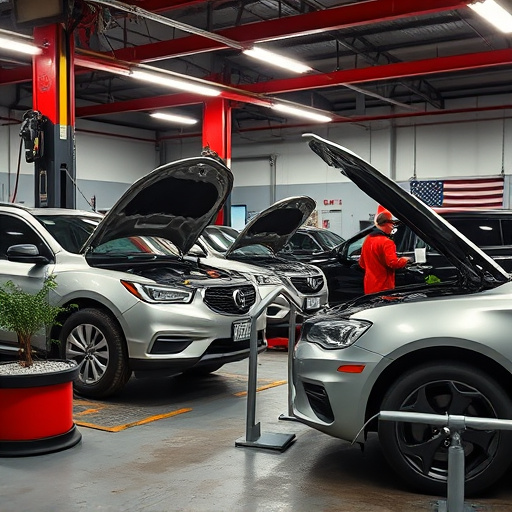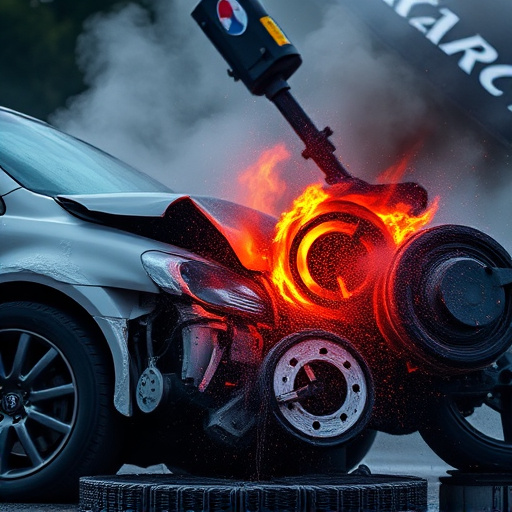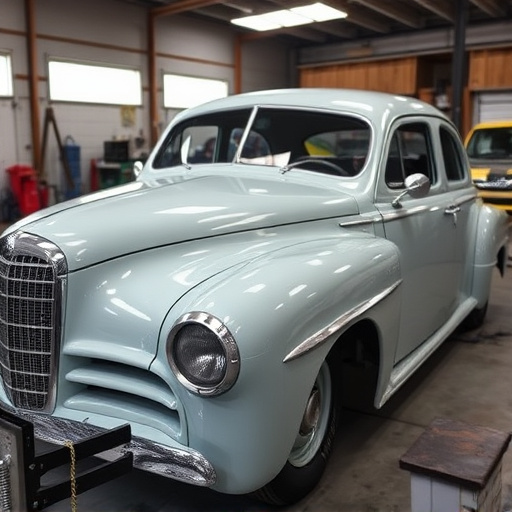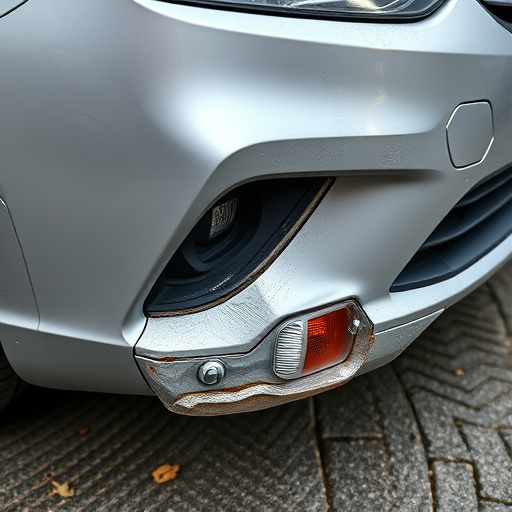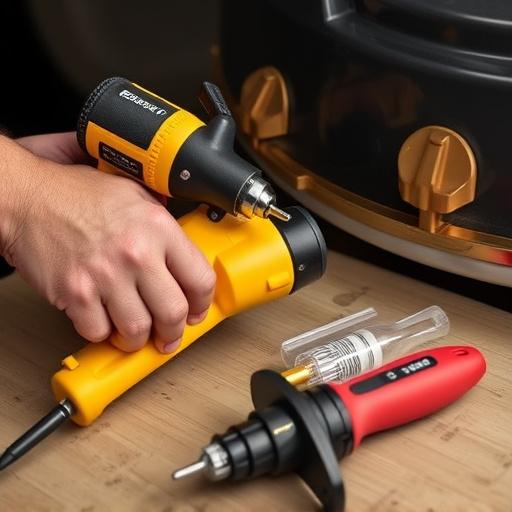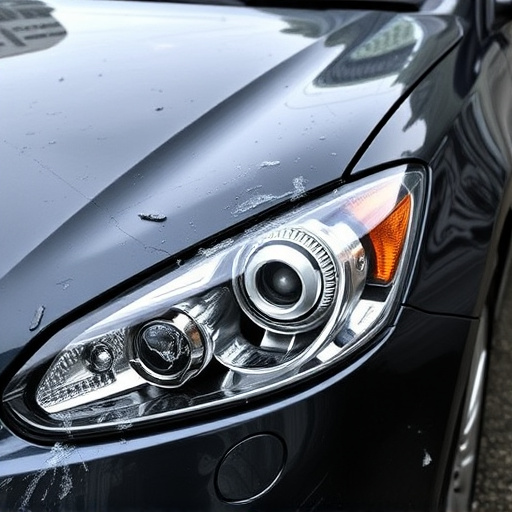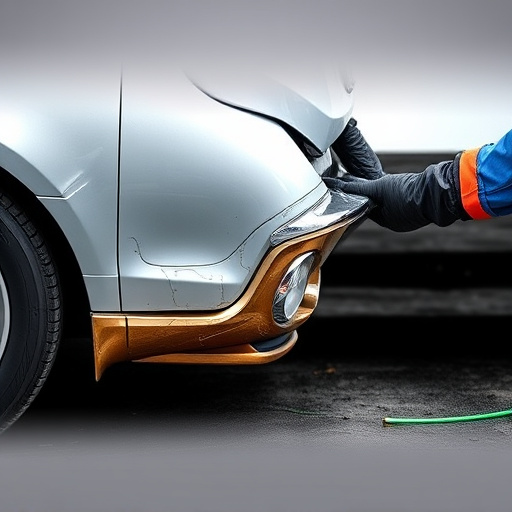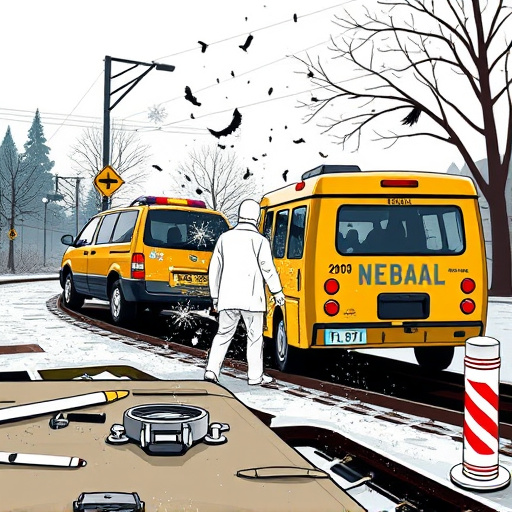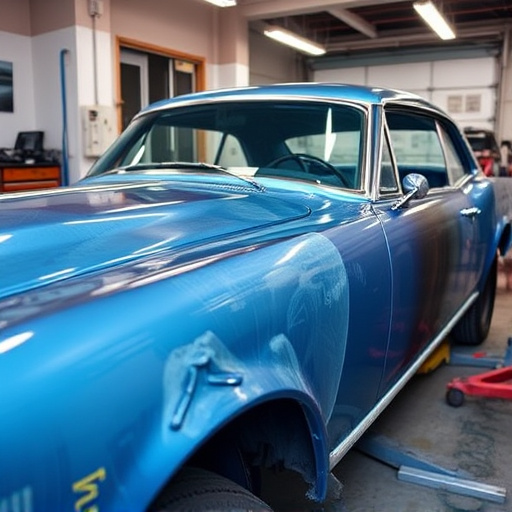3D vehicle scanning technology is revolutionizing the automotive industry by creating precise digital models of vehicles using laser or camera systems, capturing millions of data points. This streamlines auto repair processes, particularly for complex shapes and curves, ensuring perfectly fitting replacement parts. Adopted across industries, 3D scanning offers significant time and cost savings, from detailed car inspections to efficient bumper repairs, reducing manual labor, material waste, and claims processing times by up to 40%.
In today’s fast-paced automotive industry, efficiency is key. 3D vehicle scanning technology offers a game-changing solution, revolutionizing traditional measurement methods. This innovative process captures detailed 3D models of vehicles, providing an accurate and time-saving alternative to manual measurements. By adopting 3D scanning, industries can streamline processes, reduce costs, and enhance product quality. From design and manufacturing to collision repair, 3D vehicle scanning is a powerful tool that promises significant advantages. Discover how this technology is transforming the automotive landscape with successful case studies showcased in this article.
- Understanding 3D Vehicle Scanning Technology
- Benefits of Adopting 3D Scanning for Automotive Industries
- Case Studies: Successful Implementations of 3D Vehicle Scanning
Understanding 3D Vehicle Scanning Technology
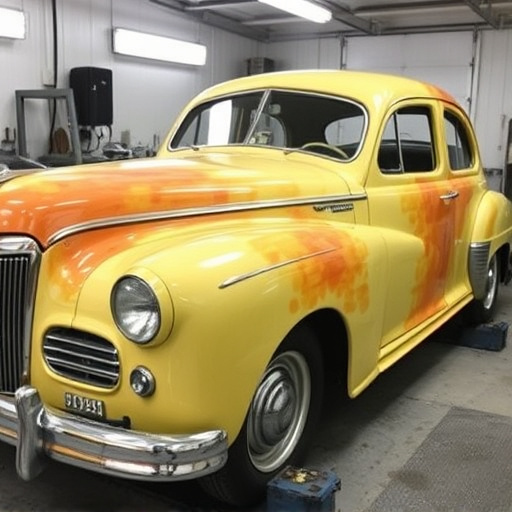
3D vehicle scanning technology is revolutionizing the automotive industry by providing an accurate and detailed digital representation of vehicles. This innovative process involves using advanced laser or camera systems to capture millions of data points, creating a precise 3D model of every inch of the vehicle’s exterior and interior. The data collected can include surface details, panel gaps, and even intricate car designs, offering a level of precision that traditional measurement methods struggle to match.
By employing 3D scanning, various processes in the auto industry are streamlined. For instance, it aids in accurate assessment and repair, especially for complex shapes and curves. This technology is invaluable for tasks such as auto glass repair, dent repair, or car scratch repair, ensuring that replacement parts fit perfectly due to the comprehensive digital blueprint created by 3D scanning.
Benefits of Adopting 3D Scanning for Automotive Industries
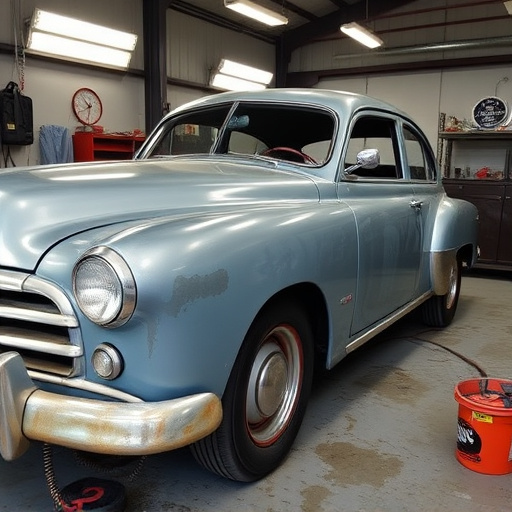
The adoption of 3D scanning technology has revolutionized the automotive industry, offering a plethora of benefits that extend far beyond traditional methods. One of the most significant advantages is its ability to streamline the process of fender repair and car damage repair, which is both time-consuming and labor-intensive. By creating precise digital replicas of vehicles, 3D scanning enables detailed analysis of even the subtlest of damages, such as dents or scratches on a vehicle’s body. This level of accuracy allows for more efficient and effective repairs, ensuring that every imperfection is addressed.
Furthermore, incorporating 3D vehicle scanning into automotive practices can lead to substantial cost savings. Traditional methods often rely on manual measurements and labor-intensive restoration processes, which can be both time-consuming and expensive. With 3D scanning, technicians can quickly capture an accurate digital representation of the vehicle’s surface, facilitating faster and more precise repairs. This not only reduces the need for extensive manual labor but also minimizes material waste, as well as the cost associated with it, in fender repair and other vehicle dent repair processes.
Case Studies: Successful Implementations of 3D Vehicle Scanning
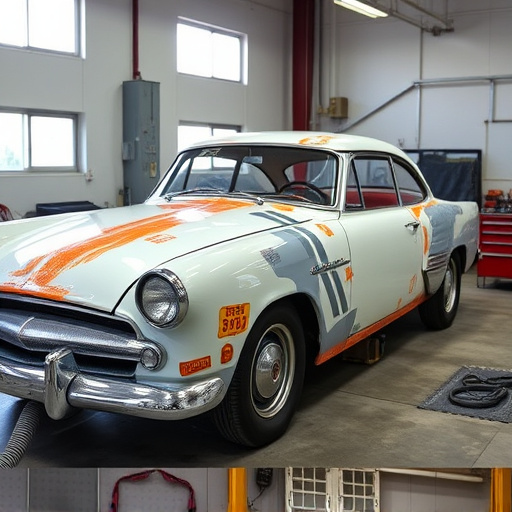
In various industries, 3D vehicle scanning has proven to be a game-changer, offering significant time and cost savings. One notable success story involves an automotive dealership that utilized 3D scanning technology for detailed car inspections. By quickly capturing high-resolution 3D models of vehicles, their team could identify minor cosmetic issues like scratch marks or dents, which are often overlooked in traditional inspections. This early detection allowed them to streamline the estimation process for auto body repairs, reducing claims processing time by 40%.
Another compelling case study highlights a collision repair center’s adoption of 3D scanning for fender bender repairs. The technology enabled precise measurements and digital documentation of bumper and panel damage, eliminating the need for manual measurement and simplifying the entire claim management process. This resulted in faster turnaround times for bumper repair and reduced labor costs by minimizing the risk of human error during the estimation phase, making auto body repairs more efficient and cost-effective.
3D vehicle scanning is not just a futuristic concept; it’s a game-changer for the automotive industry. By adopting this technology, companies can significantly streamline processes, reduce costs, and improve efficiency across various stages of vehicle development and maintenance. From rapid prototyping to precise repairs, 3D scanning offers an unparalleled level of accuracy and speed. As seen in successful case studies, embracing this innovative approach can lead to substantial time and money savings, setting a new standard for modern automotive practices.

